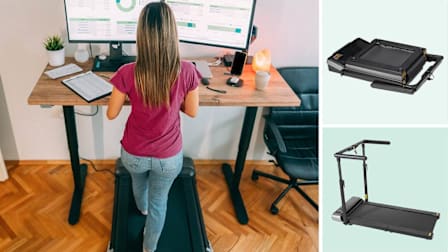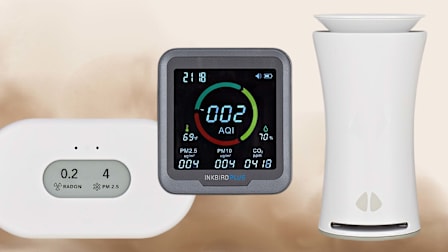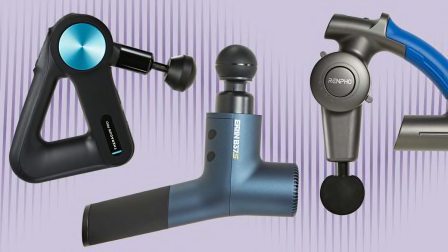Is It Bad to Sit With Your Legs Crossed?

Are you a cross-legged sitter? I am, as are 81 percent of participants we asked in an Instagram poll. My preferred sitting pose is having one leg crossed over the knee or sometimes crossing my legs at my ankles, but I’ve often wondered whether these positions are harmful for my body.
So are they? Should we not sit with our legs crossed? Here’s what experts say.
First of all, sitting too long in any position can be harmful because our bodies aren’t meant to be stationary for very long, says Tara Jo Manal, DPT, vice president of scientific affairs at the American Physical Therapy Association.
There are some risks when you sit cross-legged, but this position is not particularly problematic if it’s done in very short durations, says Paul Ritchey, DrPH, a certified professional ergonomist at Consumer Reports.
What About the Lotus Pose?
This can be controversial. Meditation is considered to be beneficial for mental and even physical health, but the lotus position can put strain on the knees, Fitzgerald says.
For a healthy person with good flexibility, short amounts of time spent in the lotus position during meditation or yoga should be okay if corresponding time is spent stretching the hip muscles and strengthening the thigh muscles. But if you have a history of knee issues, it’s probably best to find a different modified position, says Fitzgerald.
Some sitting positions, including the lotus position, can be challenging and painful at first if your body isn’t accustomed to them. You can build your tolerance over time by stretching regularly, taking breaks, and changing your position when you feel pain or strain, says Hetal Kulkarni, PT, the center manager of Rush Physical Therapy who also works at Rush University Medical Center.
So What’s the Best Way to Sit?
We’re not saying that you should never sit cross-legged, but as a general rule, try to sit with your feet flat on the ground or on a footrest and your knees bent at an angle of no less than 90 degrees.
But no matter how you’re sitting, make sure you’re changing your posture regularly and getting up and moving around to get the blood flowing whenever you can, says Dana Keester, MS, a CR ergonomics expert.
And if you have back pain from sitting in a chair but you’re not sure about the cause, here are all the things you could be doing wrong.
Best Health Products of the Year
Air Purifiers • Bike Helmets • Blood Pressure Monitors • Electric Toothbrushes • Indoor Air Quality Monitors • Insect Repellents • Sunscreens • Treadmills




















